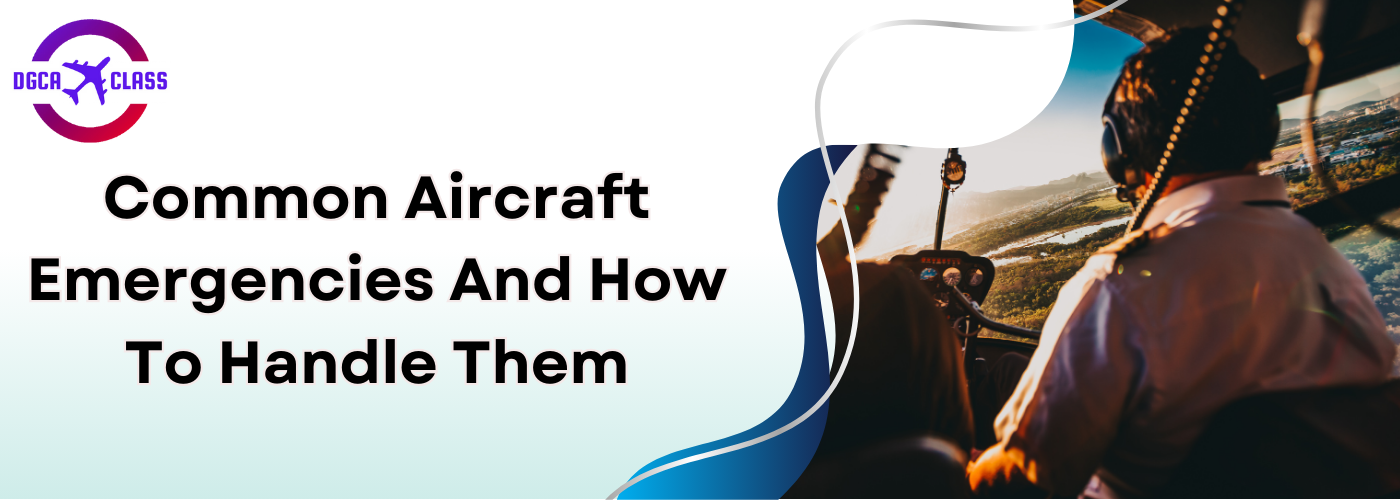Effective flight planning is critical for ensuring safety, efficiency, and compliance with aviation regulations. With numerous resources available, it’s important for pilots to utilize the best tools for their needs.
-
Weather Updates
-
Navigation Charts: Enhancing Pilot Capabilities
-
Aircraft Performance Calculators: Optimizing Flight Operations
-
Airspace Information: Navigating Regulations
-
Electronic Flight Bags (EFBs)
-
Weather Services
-
NOTAMs and TFRs
-
Aeronautical Charts
-
Flight Planning Websites
-
Fuel Planning Tools
-
Performance Calculators
-
Navigation Logs
-
Pilot Operating Handbooks (POHs)
-
ATC Communication Resources
| Resource |
Description |
| Aviation Weather Center (AWC) |
Provides comprehensive weather updates for pilots. |
| METARs |
Routine aviation weather reports. |
| TAFs |
Terminal Aerodrome Forecasts for short-term weather predictions. |
| Graphical Weather Charts |
Visual representations of weather patterns. |
| Weather Spork |
App providing real-time weather updates and forecasts. |
| My Radar |
App offering real-time radar and weather information. |
| Sectional Charts |
Detailed aviation maps for visual flight rules (VFR) navigation. |
| Enroute Charts |
Maps used for instrument flight rules (IFR) navigation. |
| Approach Plates |
Charts detailing instrument approach procedures to airports. |
| ForeFlight |
App providing digital aeronautical charts and flight planning tools. |
| Garmin Pilot |
App offering digital charts and navigation aids. |
| SkyVector |
Online tool providing free access to aeronautical charts and flight planning resources. |
Accurate and current weather conditions are paramount in flight planning, enabling pilots to make well-informed decisions. Essential sources like the National Weather Service and aviation-specific websites offer real-time updates on temperature, wind speed, precipitation, and cloud cover.
Moreover, modern weather apps for smartphones provide detailed forecasts and radar images, ensuring pilots have convenient access to crucial information. Utilizing these resources allows pilots to predict weather patterns along their routes and make necessary adjustments to their flight plans, enhancing safety and efficiency.
Navigation charts are indispensable tools for determining positions and navigating safely. The advent of Electronic Flight Bags (EFBs) has revolutionized access to these charts and other flight documents by digitizing them. EFBs are regularly updated, providing pilots with the latest information at their fingertips.
They also feature advanced functionalities such as route planning, airspace details, and terrain awareness. By leveraging these technological advancements, pilots can significantly improve their flight planning and navigation, ensuring a more streamlined and safe journey.
Accurate calculation of aircraft performance is critical for a successful flight. Pilots must consider factors like fuel consumption, maximum takeoff weight, and climb rates to ensure safe aircraft operation. Aircraft performance calculators, available online and via mobile apps, offer the tools needed for precise calculations.
These resources consider variables such as altitude, temperature, and runway conditions to provide accurate performance data. Using these calculators, pilots can optimize their flight planning, ensuring their aircraft operates within safe limits and achieving a smooth flight experience.
Understanding airspace restrictions and requirements is vital for effective flight planning. Pilots must be aware of restricted areas, temporary flight restrictions (TFRs), and special use airspace along their route. Comprehensive airspace information is available through online resources like the FAA’s Aeronautical Information Manual (AIM) and sectional charts.
Furthermore, mobile applications and EFBs offer interactive maps with overlays of airspace boundaries and associated regulations. By using these tools, pilots can navigate airspace efficiently and remain compliant with aviation regulations.
EFBs, such as Fore Flight and Garmin Pilot, have revolutionized flight planning. These apps offer comprehensive tools, including route planning, weather briefings, NOTAMs, and navigation charts. EFBs streamline the planning process, enhance situational awareness, and reduce cockpit clutter.
| Resource |
Description |
| Aviation Weather Center (AWC) |
Provides comprehensive weather updates for pilots. |
| METARs |
Routine aviation weather reports. |
| TAFs |
Terminal Aerodrome Forecasts for short-term weather predictions. |
| Graphical Weather Charts |
Visual representations of weather patterns. |
| Weather Spork |
App providing real-time weather updates and forecasts. |
| My Radar |
App offering real-time radar and weather information. |
Stay informed about Notices to Airmen (NOTAMs) and Temporary Flight Restrictions (TFRs). Websites like FAA NOTAM Search and apps like SkyVector provide easy access to current NOTAMs and TFRs, ensuring pilots are aware of any restrictions or hazards along their route.
Aeronautical charts, including sectional charts, enroute charts, and approach plates, are fundamental for navigation. Digital charts available through apps like Fore-Flight, Garmin Pilot, and Sky-Vector allow for easy access and frequent updates, ensuring pilots have the latest information.
| Resource |
Description |
| Sectional Charts |
Detailed aviation maps for visual flight rules (VFR) navigation. |
| Enroute Charts |
Maps used for instrument flight rules (IFR) navigation. |
| Approach Plates |
Charts detailing instrument approach procedures to airports. |
| ForeFlight |
App providing digital aeronautical charts and flight planning tools. |
| Garmin Pilot |
App offering digital charts and navigation aids. |
| SkyVector |
Online tool providing free access to aeronautical charts and flight planning resources. |
Websites such as Sky-Vector and Flight-Aware offer robust flight planning tools. Sky-Vector provides detailed charts, weather overlays, and flight planning capabilities, while Flight-Aware offers real-time flight tracking and historical flight data.
Accurate fuel planning is essential for safe operations. Tools like ForeFlight and Garmin Pilot include fuel planning features that help pilots calculate fuel requirements based on aircraft performance, route, and weather conditions. Additionally, standalone apps like Fuel Planner can be useful.
Aircraft performance calculators are crucial for determining takeoff, climb, cruise, and landing performance. Apps like Cessna Performance and POH Performance allow pilots to input specific conditions and get accurate performance data for their aircraft.
Using navigation logs, either paper-based or digital, helps pilots keep track of key information such as waypoints, headings, distances, and estimated times en route. EFBs like ForeFlight offer digital nav logs that integrate seamlessly with other flight planning tools.
The POH is an essential resource for understanding aircraft limitations, procedures, and performance data. Keep a digital copy accessible on your EFB for quick reference during flight planning and operations.
Effective communication with Air Traffic Control (ATC) is crucial for flight safety. Resources like Live ATC provide real-time ATC audio feeds, helping pilots become familiar with ATC communications and procedures.
Incorporating these flight planning resources into your routine can significantly enhance your efficiency, situational awareness, and safety. Staying updated with the latest tools and technologies ensures that you are well-prepared for any flight.
Embrace these resources and take your flight planning to new heights!
An EFB is a digital tool, usually in the form of a tablet or app, that provides pilots with essential information such as charts, weather data, and route planning. Popular examples include ForeFlight and Garmin Pilot.
Accurate weather information ensures safe flight operations by helping pilots avoid adverse weather conditions, turbulence, and other hazards.
Use resources like the Aviation Weather Center (AWC), METARs, TAFs, WeatherSpork, and MyRadar for real-time weather updates and forecasts.
Notices to Airmen (NOTAMs) provide critical information about temporary changes to airspace, hazards, or other flight operations that pilots need to be aware of before and during flights.
Use websites like FAA NOTAM Search and apps like SkyVector to access current NOTAMs and Temporary Flight Restrictions (TFRs).
Aeronautical charts provide detailed information for navigation, including airspace structure, navigational aids, terrain, and airport layouts.
Digital charts are available through EFBs like ForeFlight and Garmin Pilot, as well as websites like SkyVector.
Flight planning websites offer tools for route planning, weather overlays, and access to aeronautical charts, enhancing the efficiency and accuracy of flight planning.
Fuel planning tools help pilots calculate the required fuel for a flight, taking into account factors like aircraft performance, route, and weather conditions, ensuring sufficient fuel for safe operations.
Apps like ForeFlight, Garmin Pilot, and FuelPlanner offer fuel planning features to assist pilots.
Performance calculators provide data on takeoff, climb, cruise, and landing performance, which is essential for ensuring safe and efficient flight operations under various conditions.
Apps like Cessna Performance and POH Performance allow pilots to input specific conditions and obtain accurate performance data for their aircraft.
Navigation logs help pilots keep track of key flight information such as waypoints, headings, distances, and estimated times en route, aiding in effective flight management.
Use digital tools within EFBs like ForeFlight or traditional paper-based methods to create and maintain navigation logs.
The POH is an essential document that provides detailed information on aircraft limitations, procedures, and performance data.
A digital copy of the POH on an EFB ensures quick and easy access to important aircraft information during flight planning and operations.
Resources like LiveATC help pilots familiarize themselves with real-time ATC communications, improving their communication skills and understanding of ATC procedures.
ForeFlight offers comprehensive tools for route planning, weather briefings, fuel calculations, and navigation logs, enhancing overall flight planning efficiency.








